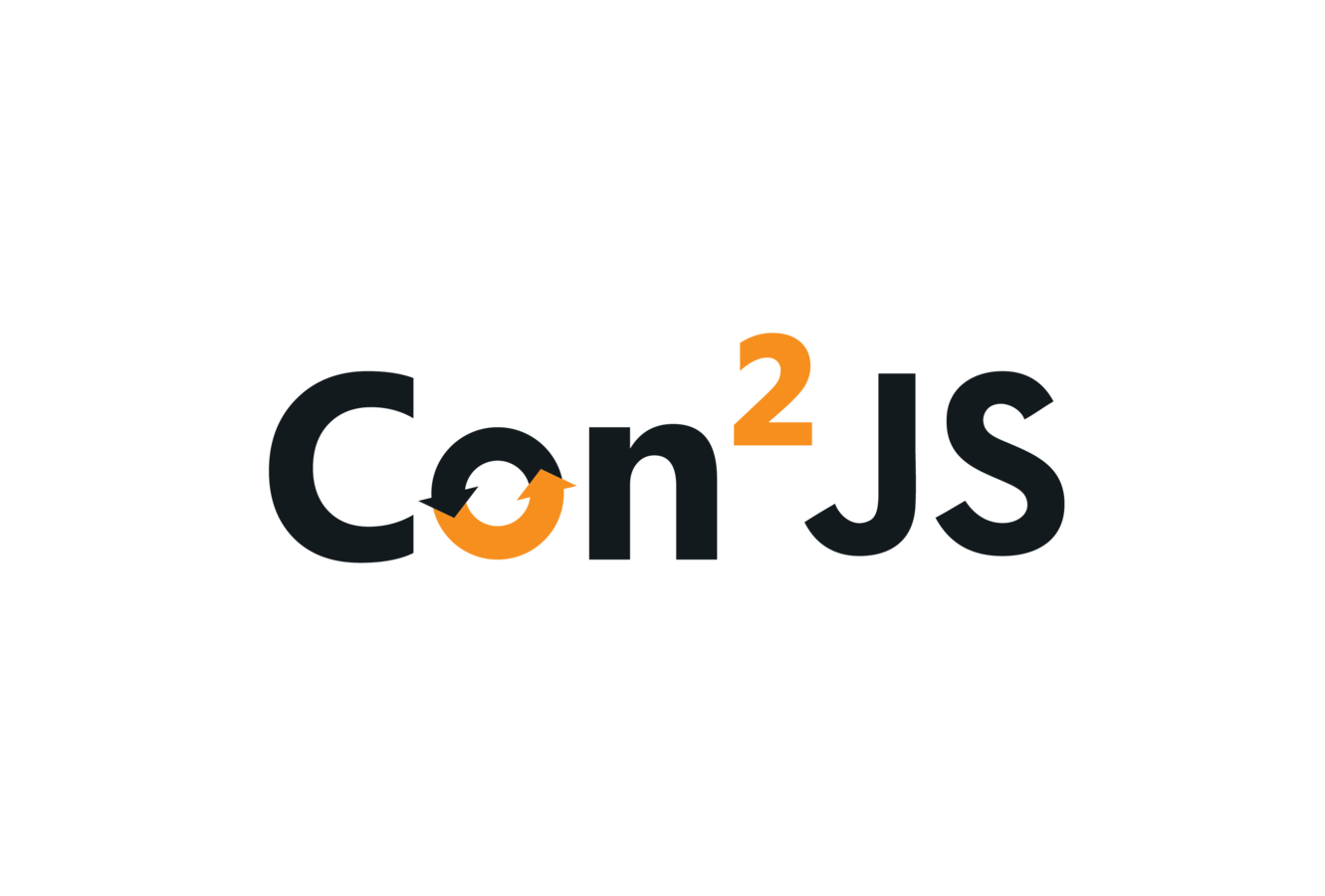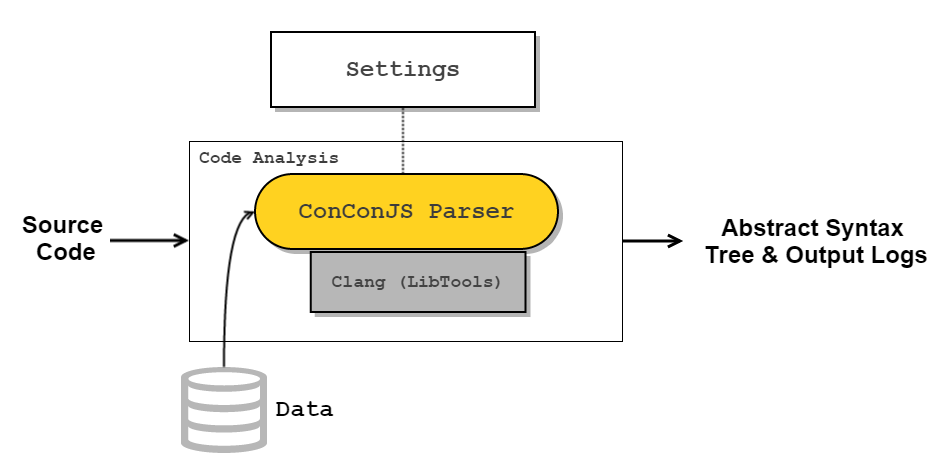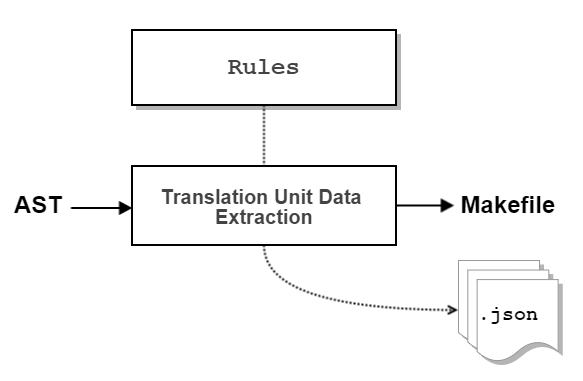Analyzing and optimizing native code for portability to the Web using Emscripten, Native Client and ConConJS
Agenda
- Glossary
- Motivation
- Previous Work
- Methodology
- Artifact — ConConJS
-
Future Work
- Conclusion
Glossary
Native Code
Machine Code
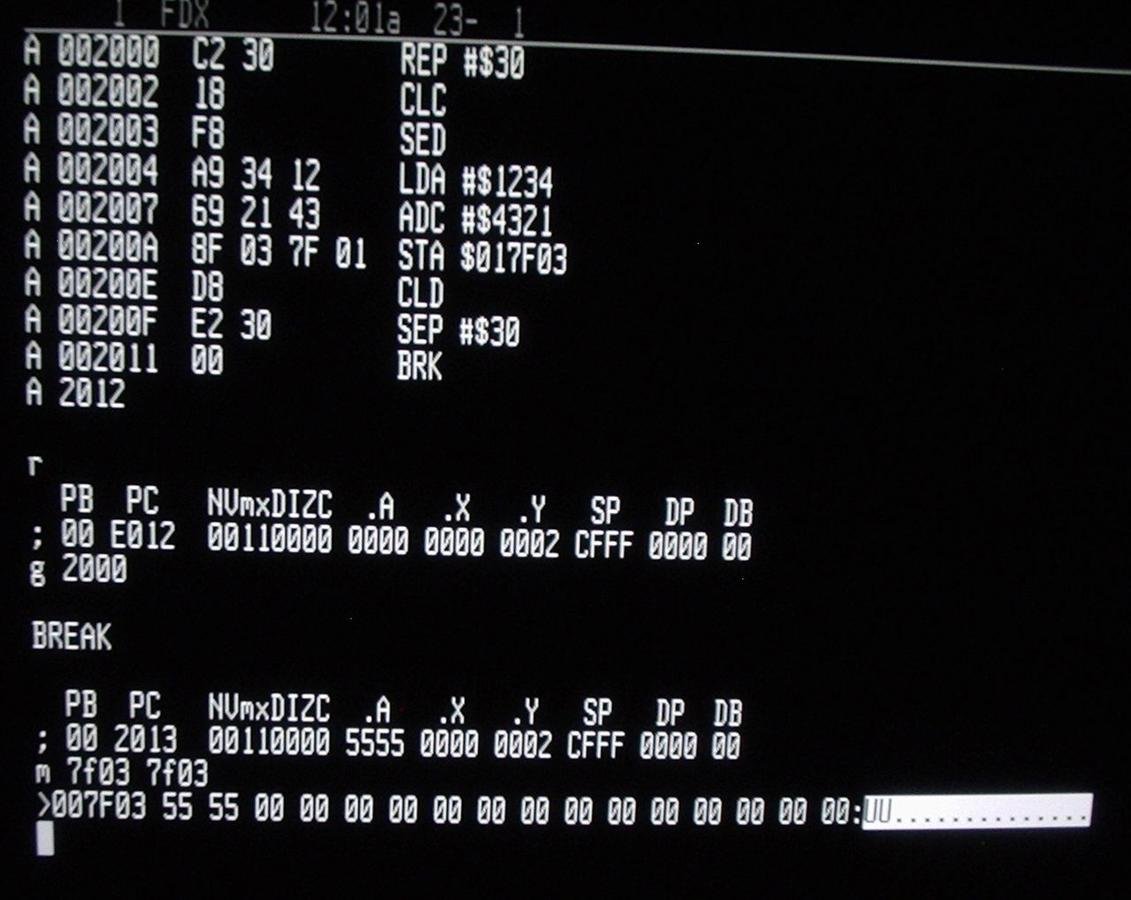
Assembly Code
Assembly Code
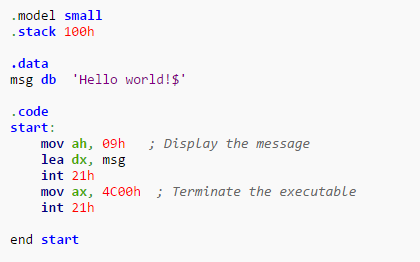
Unmanaged Code
Managed Code
Motivation
How can we make our large native code based graphic accelerated applications portable to all modern devices at the same time?
-
Having to write platform specific code
-
Higher costs
Software Portability
Why Portability
- Platform agnostic code
- Unified code base
- Portable software is more robust
- Portability expands your market
-
Portability provides freedom
"Write once, run everywhere"
Many programming languages and API's claim to be "portable"
We will focus in C, C++ and OpenGL
C and C++ are everywhere
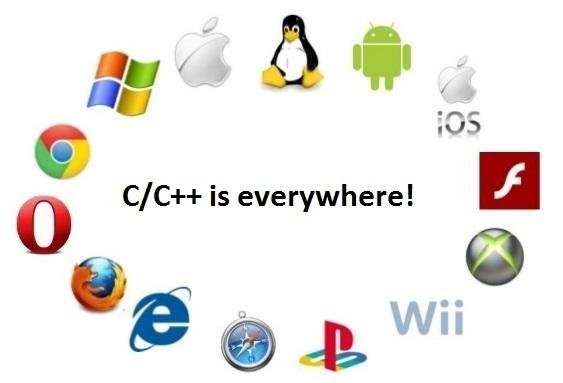
C and C++ Relevance
-
Since it supports many target platforms from a single code base, nearly all professional game development middle-ware is written in C/C++
-
Good for large code-bases (static type system, compiled language, mature compilers and debuggers)
OpenGL is also everywhere (almost)
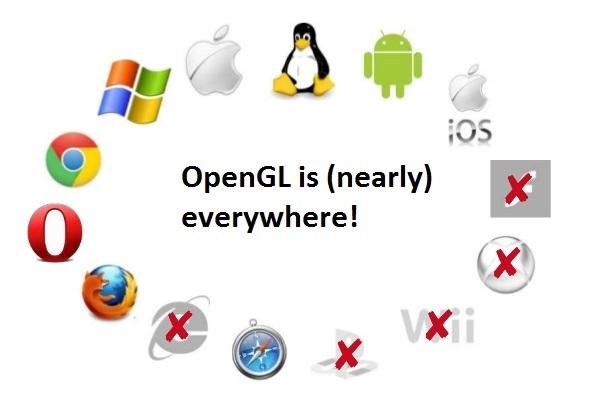
But writing code in these technologies does not ensure portability.
Regardless...
All modern devices can be a single target platform...
The Web

-
Biggest open & standardized platform
-
Great for reaching people
-
Has evolved organically in the digital age
-
Beaten all odds and outlasted all adversity
- Has scaled successfully beyond all reason
Web's Standardized Stack
-
HTML 5
-
CSS 3.0
-
JavaScript (Ecmascript [ECMA-262 specification and ISO/IEC 16262] )
-
CanvasRenderingContext2D
-
WebGL
BUT...
Game developers don't do Web Stuff.
"HTML is not even a programming language."
"JavaScript is slow."
"There is a large amount of tools built using established languages, such as C and C++, that need to be ported."
What then?
What if?
C/C++ => %$&# => Web
Almighty LLVM to the rescue.
Typical C/C++ Compilation Model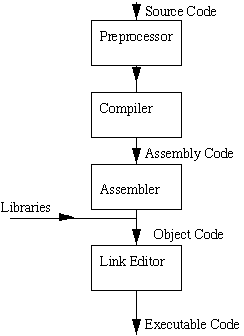
LLVM Compilation Model
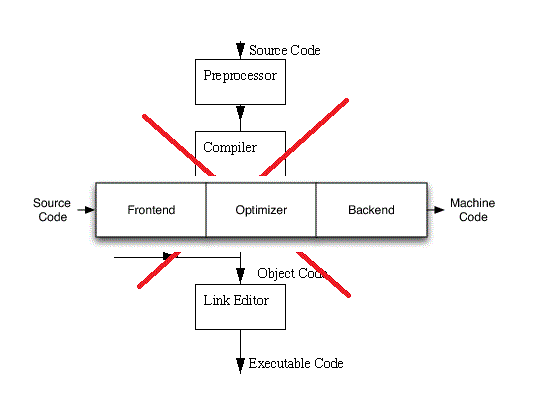
LLVM Compilation Model

LLVM
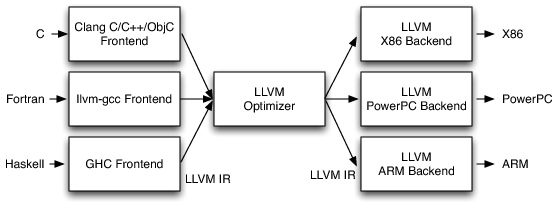
Demo
Also, other things had to happen...
JavaScript Engines
-
V8 (Google)
-
TraceMonkey (Mozilla)
-
and Nitro (Safari)
asm.js
-
Is a JavaScript specification
-
It's just (a subset of) JavaScript
-
Allows the Web to become a compilation target
SOLVED!
C/C++ => LLVM => Web
Previous Work
Previous Work
- Plugins — Limited browser specific API
- NPAPI
- PPAPI
- ActiveX
Plugins
|
Web browser |
NPAPI |
PPAPI |
ActiveX |
|
Internet Explorer |
|
|
X |
|
Chrome/Chromium |
|
X |
|
|
Firefox |
X |
|
|
|
Safari |
X |
|
|
|
Opera |
X |
|
|
Previous Work
-
Plugins — Limited browser specific API
- Native Client — Sandbox for native code, only works in Chrome Web browsers
Native Client
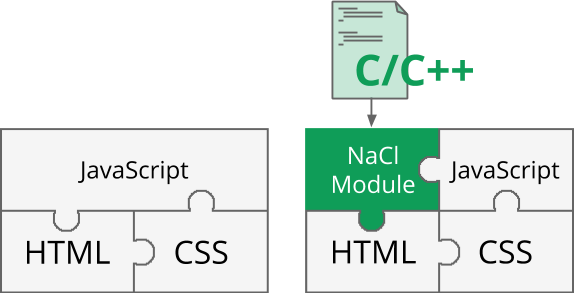
Native Client Tool-chain Workflow
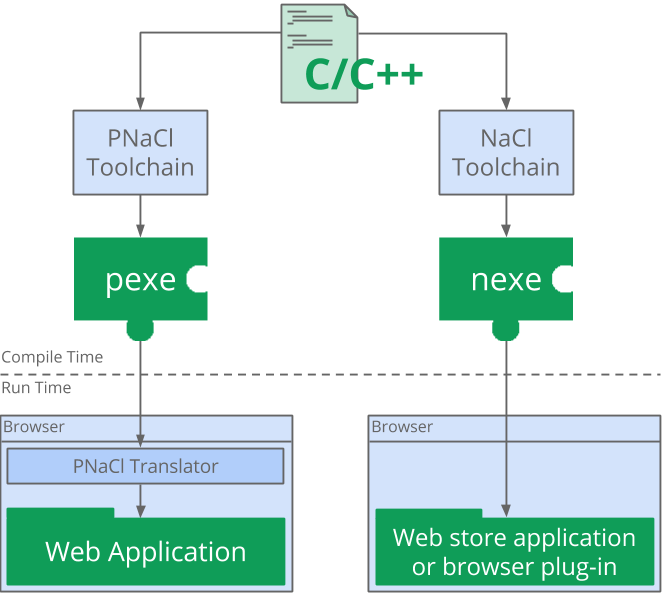
Demo
Native Client
- Performance is similar to native code. (5 - 15 percent slowdown)
-
C/C++ Standard Library support
- Threading support
- Dynamic Linking support (when using NaCl)
- Since I/O operations are sand boxed code needs to be adapted
-
Only works on Chrome
- Only static linking support (when using PNaCl)
Previous Work
-
Plugins — Limited browser specific API
-
Native Client — Sandbox for native code, only works in Chrome Web browsers
- JavaScript cross-compilation (Emscripten) — Works in all Web Browsers, performance hit
Emscripten Tool-chain Workflow
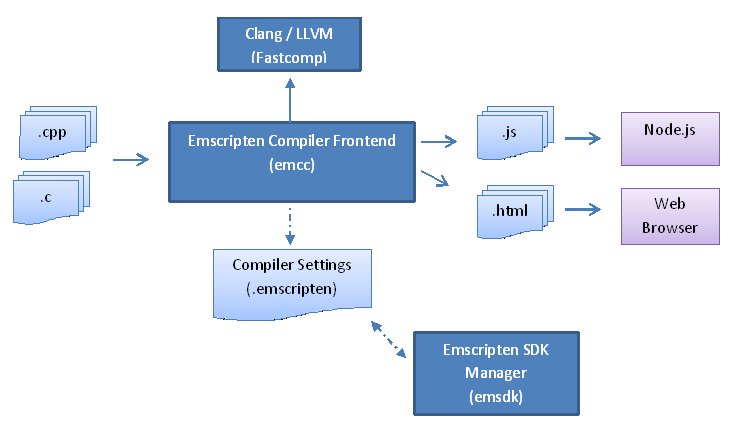
Demo
Emscripten
-
Runs in all browsers with JavaScript support
-
C/C++ Standard Library support
- Regular C/C++ I/O support (emulated)
- No threading support (out of the box)
-
Performs slower than native code (50 - 100 percent slowdown)
- Only static linking
Previous Work
-
JavaScript engines have gotten fast enough to run large compiled code bases
- Compiled JavaScript can be faster than "regular" handwritten JavaScript
-
Google Web Toolkit (GWT) — 2006
-
Pyjamas (PyJs) — 2007
Methodology
Intention
How?
- Summarize portability guidelines compliant with Web standards
- Identify code style implementations that may affect performance of cross-compiled code
- Systematic approach for creating portable applications
- ConConJS
- Native Client / Emscripten build system
What is ConConJS?
ConConJS Pipeline Overview
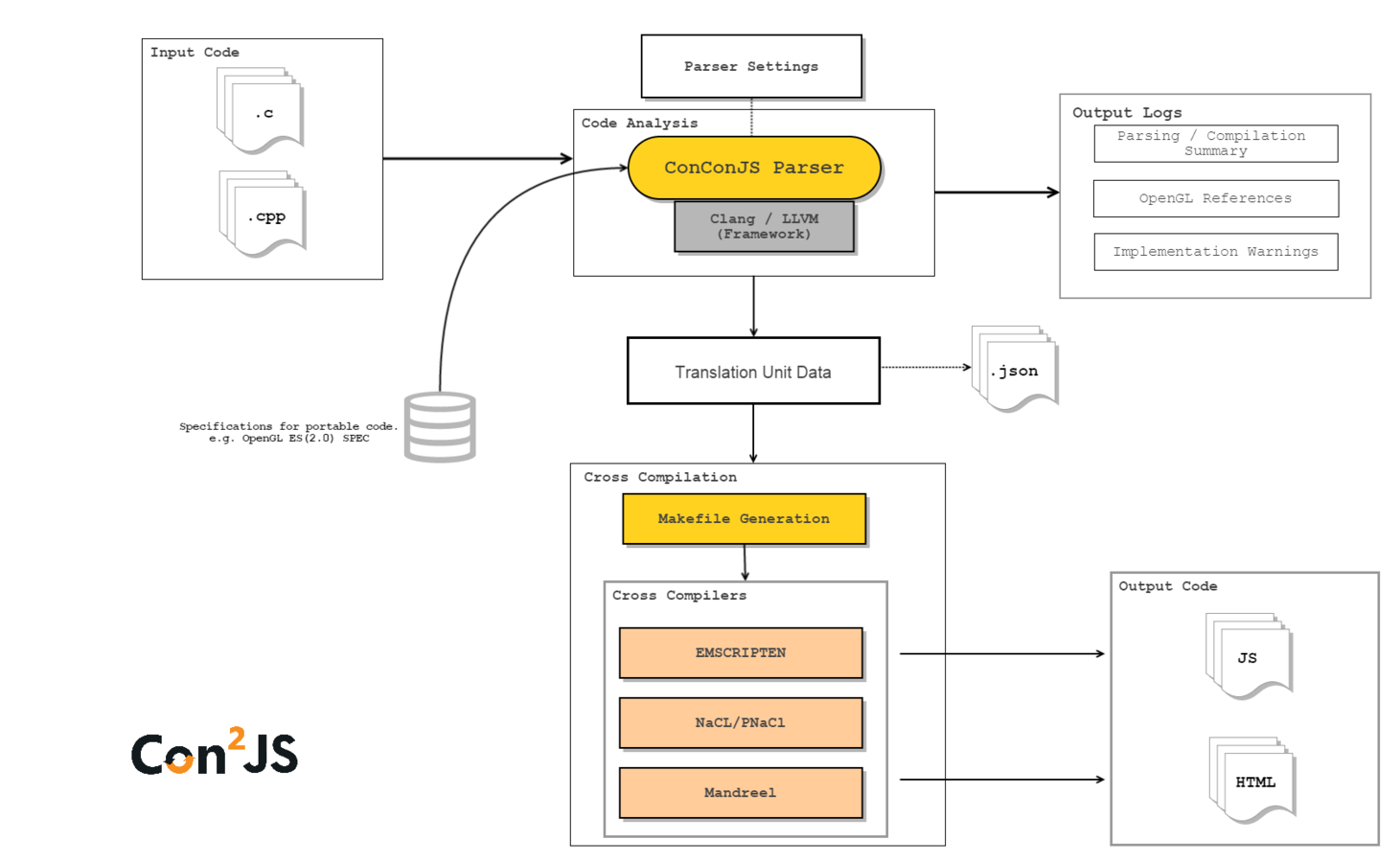
ConConJS Phases
The parser, evaluates code against a given set of specification databases
The data extractor, retrieves
relevant information about portability and performance
The cross-compiler, which produces, when possible, a resulting Web application from the given code base
The Parser
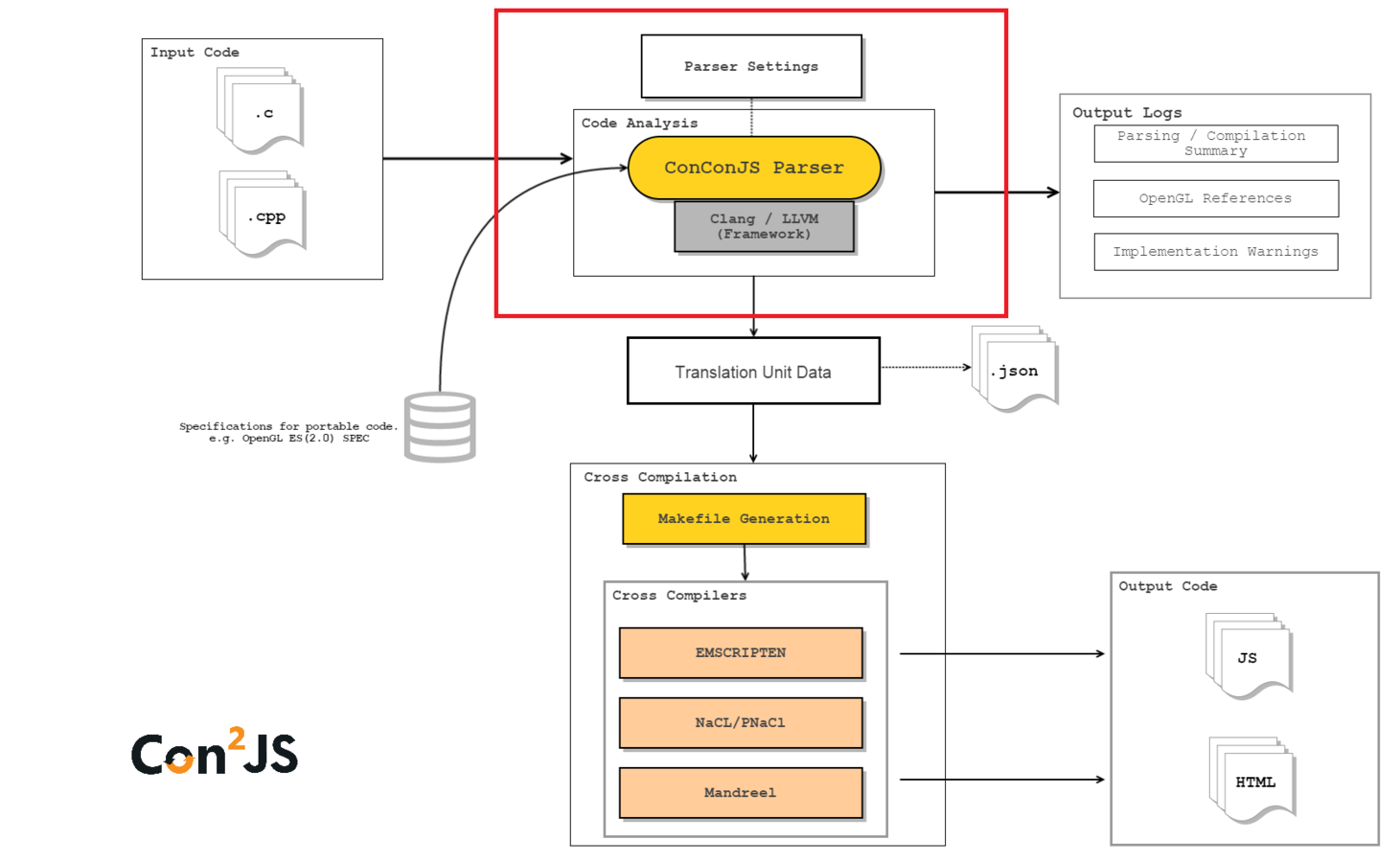
Demo
The Extractor

Demo
The cross-compiler
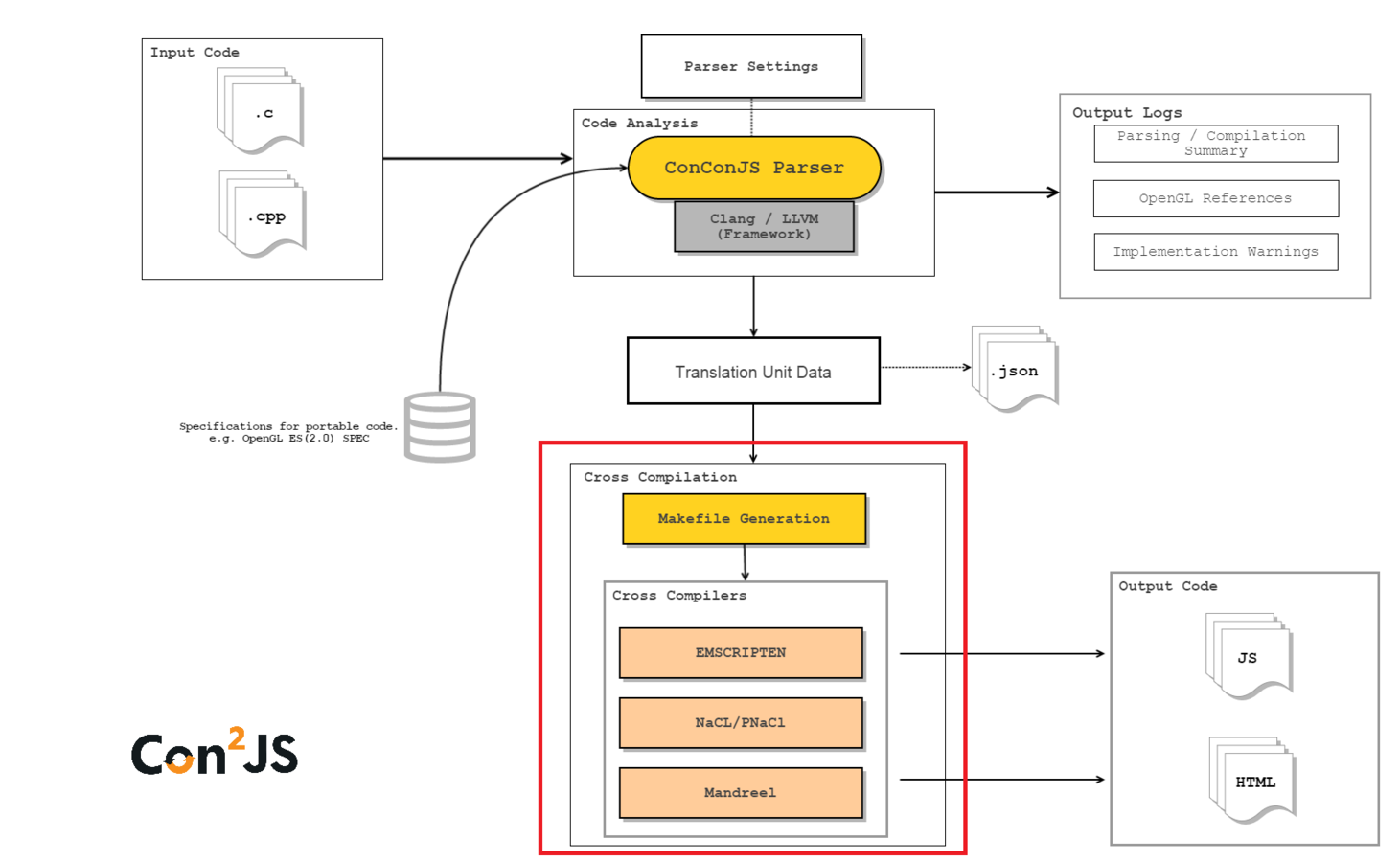
Demo
Performance
CPU Language Benchmarks
|
|
MFLOPS |
|
|
|
CPP |
JS |
Ratio |
|
|
Convolution 1 |
911 |
34 |
3.7% |
|
Recursive Filter 1 |
1074 |
929 |
86.5% |
|
Fourier Transform 1 |
1186 |
75 |
6.3% |
|
Sinc Interpolation 1 |
391 |
28 |
7.2% |
Graphics Benchmarks
|
Vertices/sec |
Slowdown |
|
|
Native Code (GCC tool chain) |
25679768 |
1 |
|
Web Application (ConConJS tool chain / Emscripten back-end) |
11010000 |
2.33 |
Higher verts/sec is better, lower slowdown is better
Graphics Benchmarks
|
Vertices/sec |
Slowdown |
|
|
Native Code (GCC tool chain) |
25680258 |
1 |
|
Web Application (ConConJS tool chain / Emscripten back-end) |
12845890 |
1.99 |
higher verts/sec is better, lower slowdown is better
Future Work
- ConConJS should be able to re-factor code (similar to what compiler optimizers attempt to do).
-
Add DirectX support.
Conclusion
- The Web provides the means to distribute application to multiple platforms at the same time without friction for the consumers.
-
Running native code in the Web if not the present it is the future for software distribution.
Analyzing and optimizing native code for portability to the Web using Emscripten, Native Client and ConConJS
By Raúl G. Roa Gómez
Analyzing and optimizing native code for portability to the Web using Emscripten, Native Client and ConConJS
- 462
